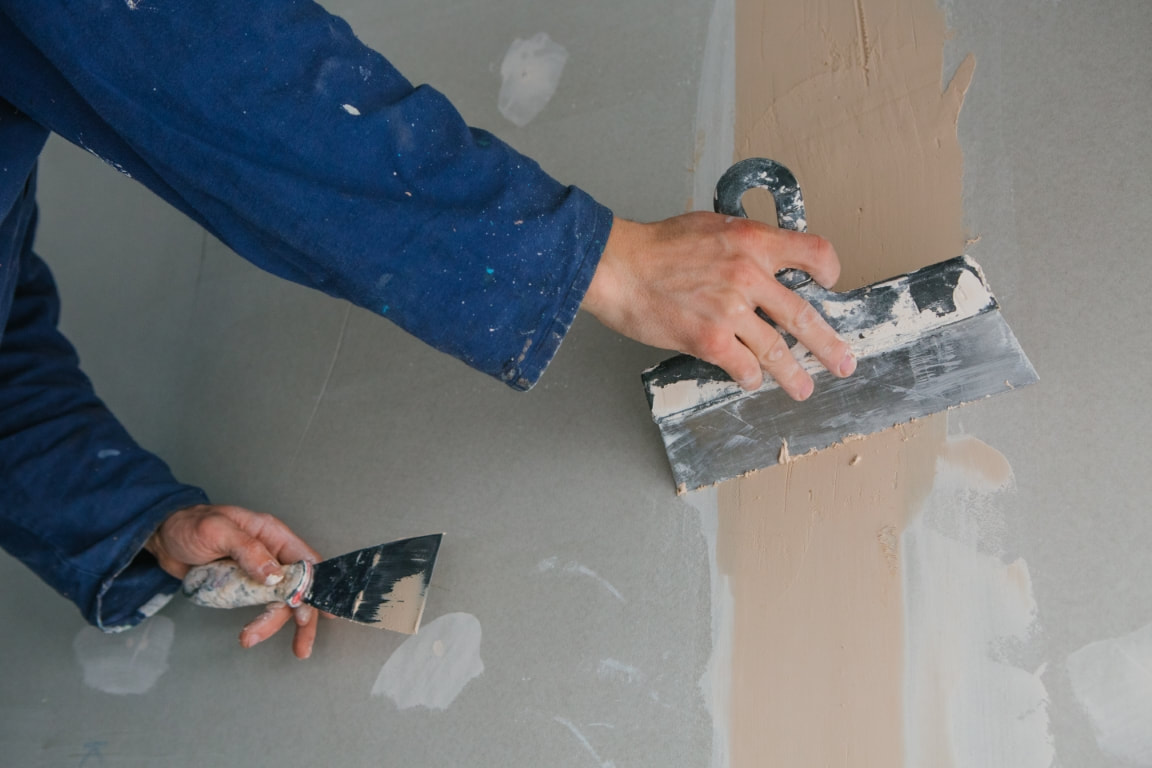
Plastering is an essential part of home construction and renovation and offers benefits that go beyond creating a smooth wall. It increases the aesthetics of ceilings and walls, while serving crucial functional purposes. Plaster serves as an insulating layer, protecting the materials underneath from harm and prolonging their lives. It also improves the insulation of a room and contributes to improved energy efficiency. When you understand the significance in plastering their homes, home owners are able to recognize its importance in new constructions and refurbishments. Plastering ceilings and walls can result in long-lasting positive effects on the home's durability and overall performance. One of the major advantages of using plaster is the added durability that it gives to buildings. Plaster provides a tough and durable surface that withstands everyday wear and tear much better than the drywall. This protection against damage is especially important in the places that are frequently used such as hallways or living rooms. Additionally, plaster can be better able to resist moisture which helps in preventing mold growth and keeping the indoor air healthier. This durability makes plaster a preferred choice for many homeowners seeking to increase the durability of their walls. If you are seeking for additional info on plasterers kidderminster, view the earlier mentioned site.
The cost of plastering is paid off in fewer repairs and maintenance requirements. Another major benefit of plastering is its effect on thermal insulation. Plastered walls are generally better at retaining heat during the winter, and also keeping interiors cool in the summer. This improved insulation can reduce energy costs since cooling and heating systems don't have to be as efficient to maintain a comfortable indoor temperature. When choosing to use plaster over other wall finishes, homeowners will increase their home's energy efficiency which can lead to the reduction of costs and sustainability. Plastering not only helps in creating a cozy living space but also helps reduce the household's carbon footprint. Along with its functional benefits, plastering also offers aesthetic advantages. Plaster can be finished in various textures and patterns that allow for imaginative and unique wall designs. This versatility means that plaster can be used to complement a broad range of styles for interiors, from traditional to contemporary. Moreover, plastered walls provide an even, smooth backdrop which can improve the overall appearance of a space and make it appear more refined and refined. This appearance adds to the value of your home and makes it more appealing for potential buyers.
The capability to alter the appearance of walls using plastering is a great option to show their individuality. In the end the plastering process plays a crucial part in noise reduction. Plaster walls help block out sounds, resulting in an energizing and peaceful living space. This type of soundproofing is especially beneficial in homes located in urban areas that are noisy or in rooms that require a high level of privacy such as bedrooms or home offices. By incorporating plastering into their home improvements, homeowners will enjoy an energised and peaceful living space. The reduction of noise pollution within the home enhances the general quality of life, making it a more comfortable place to live in. In conclusion, plastering is more than a way to create smooth walls. It is a significant contributor to the strength and insulation, as well as the aesthetic appeal and reduces noise in homes. Understanding these benefits will help homeowners make educated choices about their construction and renovation projects, ensuring that they get the best possible results. Making the investment in a quality plastering system is a smart decision that pays off for the longer run and improves both the efficiency and appearance of your home. The significance of plastering home renovation and construction is not overstated as it provides numerous advantages which enhance your living experience.

